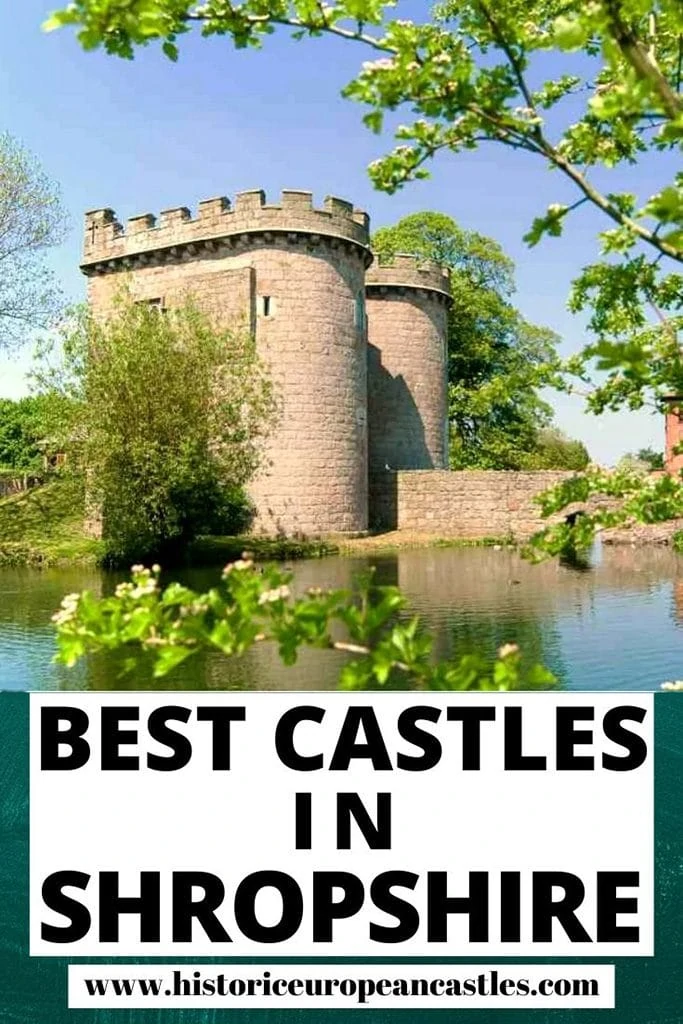The scenic county of Shropshire in England is one of the most picturesque and underrated in the entire country; it has a long and expansive history of military action, conflict and battles, which has left it with a string of fascinating historic castles, many of which date way back to prehistoric times. Here are the best castles to visit in the magical county of Shropshire:
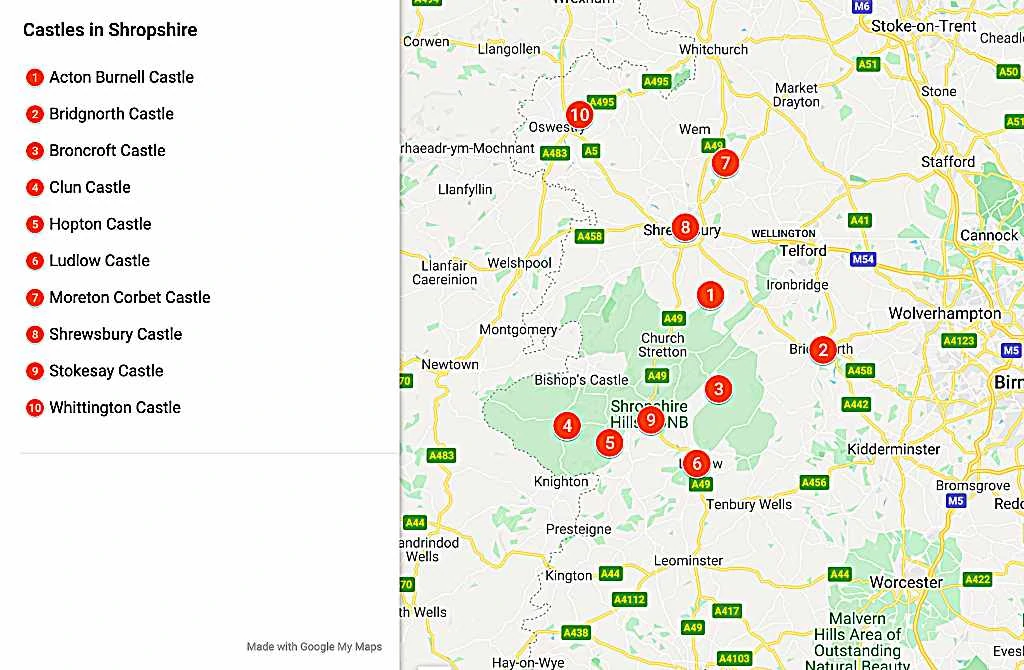
10 Castles To Visit In Shropshire
1. Acton Burnell Castle
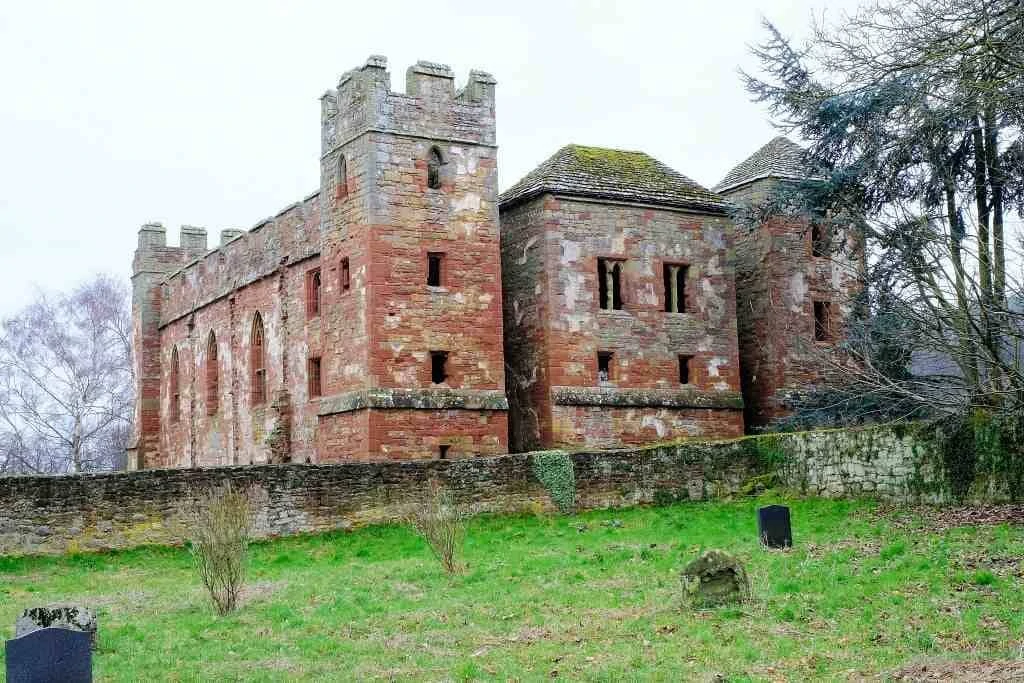
Located near to the scenic Shropshire village of Acton Burnell, lies the 13th-century historic fortified manor house, Acton Burnell Castle.
The manor house was originally constructed by the Bishop of Bath and Wells, Robert Burnell, in around the year 1284, and it was erected near to the old Roman road of Watling Street, adding another layer to the history of the area.
Later, in the aftermath of the Battle of Stoke Field in the year 1487, the land of the castle was captured by King Henry VII, before it was eventually demolished in the midst of the 17th century. Today, Acton Burnell is managed by the English Heritage and remains open to the public in part.
Where: Acton Burnell
When: 13th century
Style: Medieval
Open for visit: Yes, check here for more information.
2. Bridgnorth Castle

In the heart of the Shropshire town of Bridgnorth lies the historic, medieval Bridgnorth Castle; the castle was originally erected in the year 1101 by Robert de Belleme, who went on to become to the Earl of Shrewsbury.
Throughout the Middles Ages, the castle was consistently altered and developed, particularly during the reign of King Henry II, where the iconic square tower was implemented.
In the following centuries, Bridgnorth Castle was at the centre of many critical historical battles, such as the English Civil War, where it was a primary Royalist stronghold for the Midlands. Though the castle is ruined, it is still open to the public; many are fascinated by its dramatic lean.
Where: Bridgnorth
When: 1101
Style: Medieval
Open for visit: Yes, the exterior.
3. Broncroft Castle
Perched upon the Clee Hills, near to the Shropshire town of Tugford, lies Broncroft Castle, which is a historic fortified structure that dates back to the medieval period.
It is believed to have been constructed in the early 14th century, though it is known to have been replaced in the 1380s by Sir Simon Burley, who was a chief captain of Edward the Black Prince, who was the son of King Edward III; the family resided in the castle until the year 1740.
Though very little of the original castle remains to this day, as it was largely rebuilt during the early 19th century, it is nonetheless a stunning building; however, it’s not open to the public, as it is still inhabited and remains a private residence.
Where: Tugford
When: 14th century
Style: Medieval/Gothic Revival
Open for visit: Not open to the general public. (you can see it from the road)
4. Clun Castle
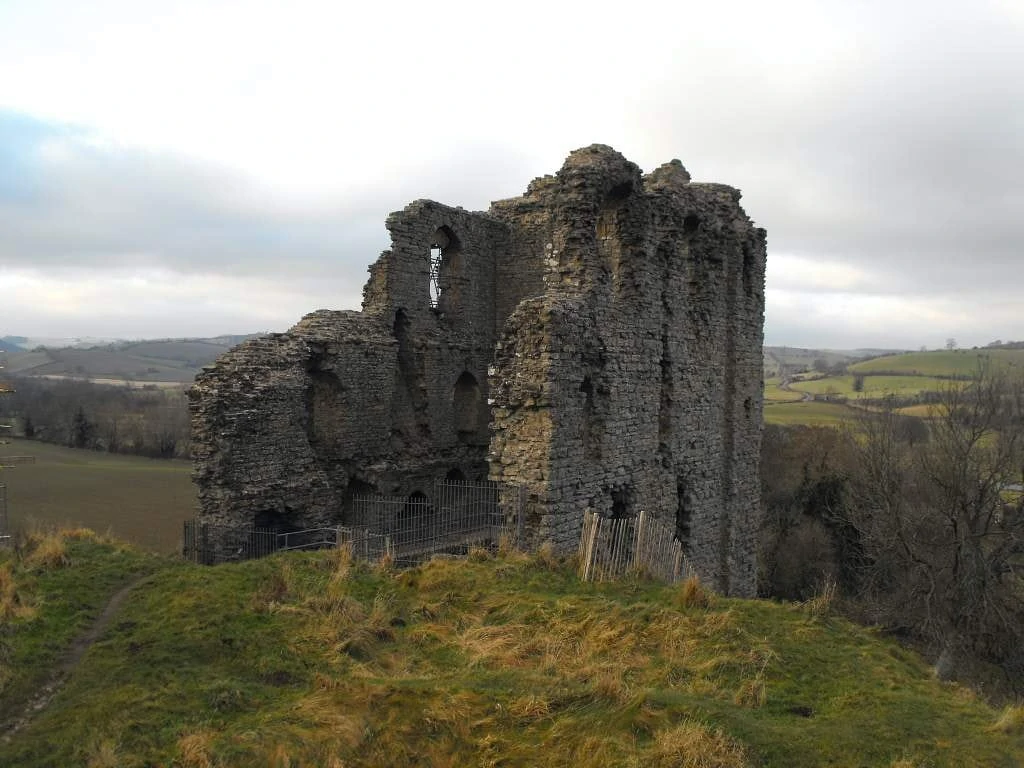
Located in the Shropshire town of Clun, lies the fantastic ruins of Clun Castle. The castle was originally constructed during the aftermath of the Norman Conquest of England, by Robert de Say who was a prominent Norman lord; throughout the Middles Ages, the castle was continually modernised and fortified, and eventually took on the form of a castle-guard system.
Throughout the prime years of Clun Castle, it was owned by the prominent Fitzalan family, who renovated it into a hunting lodge in the 14th century.
However, the castle fell to ruin in the 16th century, largely as a result of the English Civil War; it was sadly never renovated again, though the ruins remain open to the general public, and it is a Grade I listed building.
Where: Clun
When: 12th century
Style: Medieval
Open for visit: Yes, check here for information.
5. Hopton Castle
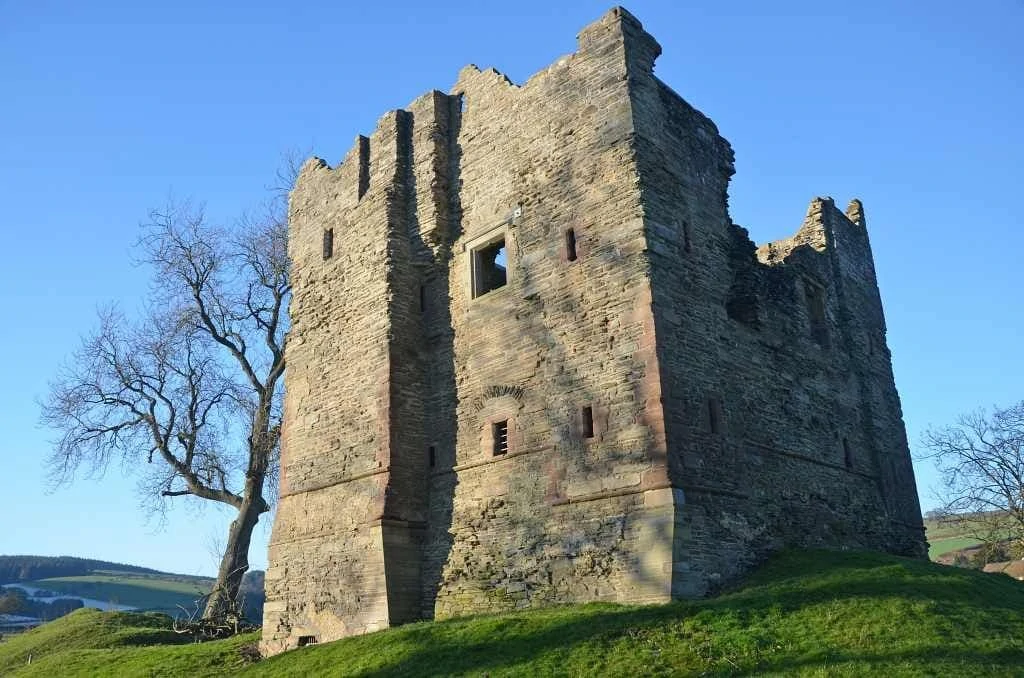
Nestled between Knighton and Craven Arms, in the sleepy village of Hopton, lies the brilliant Hopton Castle. The castle is believed to have been established in the 12th century, where it would have existed as a simple motte and bailey structure; it was then fortified in stone during the Barons’ War in the 1260s, by Walter de Hopton.
During the English Civil War, the castle was held for the Parliament, and it saw huge amounts of battle on its grounds. However, the castle sadly fell into disrepair in the early 18th century, and it was left abandoned. In recent years, the castle has seen several renovations and reconstructions.
Where: Hopton
When: 12th century
Style: Medieval
Open for visit: The castle is always accessible. Check here for more information.
6. Ludlow Castle

Ludlow Castle is an enormous and architecturally stunning medieval castle situated in the scenic Shropshire town of Ludlow. It is believed to have been founded in the aftermath of the Norman Conquest of England in the 1060s, by Walter de Lacy, who was a Norman nobleman.
Over the centuries, the castle switched hands of ownership on several different occasions, and each owner added several architectural features, such as Geoffrey de Geneville in the mid-13th century, who renovated the inner bailey. Ludlow Castle is widely considered to be one of the finest castles in England, and it is incredibly well-preserved.
Where: Ludlow
When: 1060s
Style: Medieval
Open for visit: Yes, check here for more information.
7. Moreton Corbet Castle

Near to the village of Moreton Corbet in Shropshire, lies the beautiful Moreton Corbet Castle, which is a fantastic historic Grade I listed building; though in a ruined state, the castle offers examples of two opposing architectural styles, both that of a medieval stronghold, as well as an Elizabethan manor house.
The original castle was constructed in the 1080s, during the aftermath of the Norman Conquest of England, and it was renovated and reconstructed throughout the Middle Ages. In the 16th century, the castle was heavily remodelled to a manor house, by Sir Andrew Corbet. Today, visitors are captivated by the castle’s unique presence and its fascinating history.
Where: Moreton Corbet
When: 11th-century origins
Style: Medieval and Elizabethan
Open for visit: Yes. Check here for more information.
8. Shrewsbury Castle

Shrewsbury Castle, in the heart of Shrewsbury, is a brilliant red sandstone castle with a magical past. It was originally built in the year 1070 by Roger de Montgomery, with the purpose of defending the town from invaders, as well as protecting the river.
Over the years, the castle was added to and renovated on several occasions, particularly after large parts of it were destroyed in several historical battles. Today, there is a wonderful museum onsite, that houses collections of the King’s Shropshire Light Infantry and the Shropshire Yeomanry.
Where: Shrewsbury
When: 1070
Style: Medieval
Open for visit: Yes, check here for more information.
9. Stokesay Castle
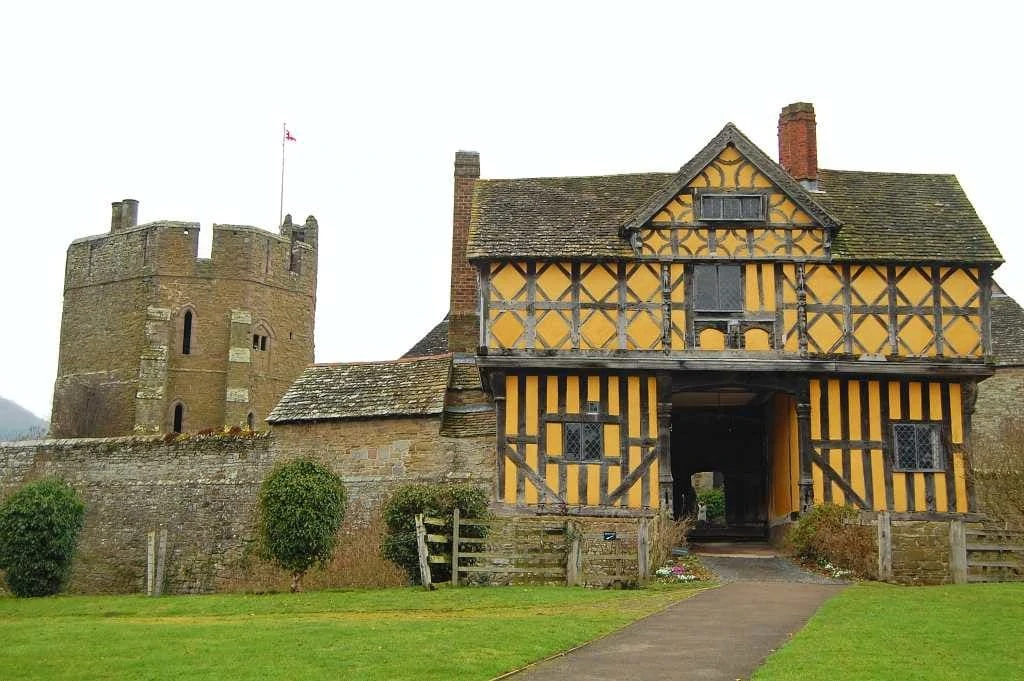
The beautiful Stokesay Castle is one of the most unique and gorgeous surviving fortified manor houses in the entirety of England. The majority of the castle was constructed at the end of the 13th century by Laurence de Ludlow, upon the grounds of an earlier castle.
Like many medieval castles in the region, Stokesay Castle also saw large amounts of military action during its time. The castle is today open to the general public, and it attracts large amounts of visitors for its wonderful facade and gorgeous surrounding landscape.
Where: Stokesay
When: 13th century
Style: Medieval
Open for visit: Yes, check here for more information.
10. Whittington Castle

Situated near the village of Whittington in northern Shropshire, lies the beautiful Whittington Castle. The castle was originally erected as a motte and bailey castle in the 12th century, though it was replaced in the 13th century; the castle was at the heart of many historic battles throughout the Middle Ages, and it was consistently demolished in part and then renovated again, giving it a very unique façade.
There are several famous legends attached to the castle, such as those regarding the Holy Grail; the castle is open to the public, and it is a very popular tourist attraction.
Where: Whittington
When: 12th century
Style: Medieval
Open for visit: Yes, check here for more information.
PIN IT!
